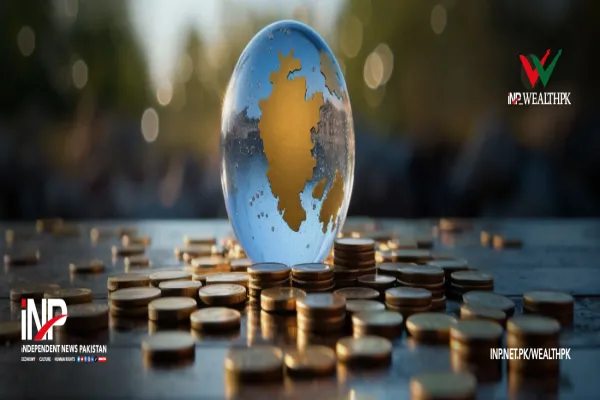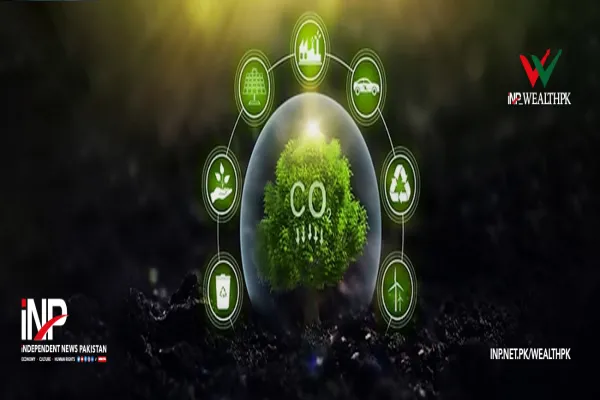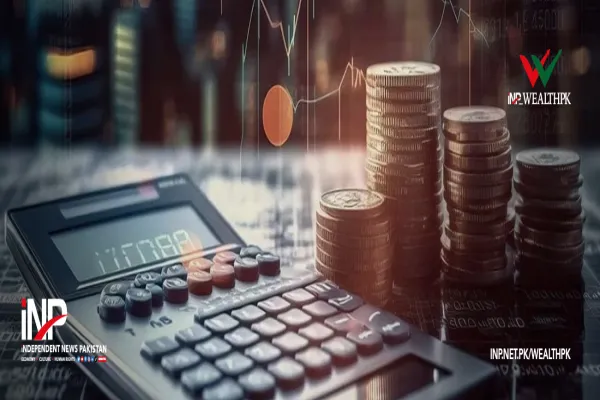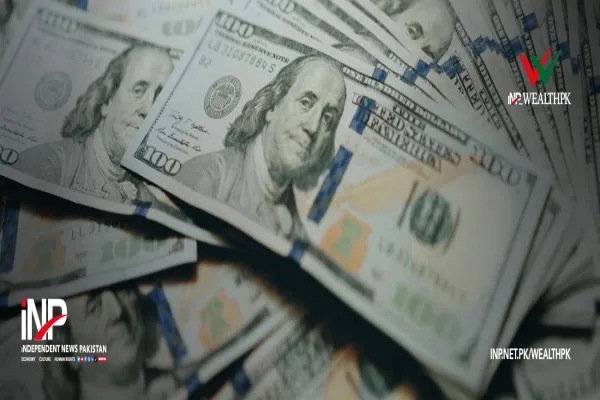i INP-WEALTHPK
Moaaz Manzoor
Pakistan’s debt reached Rs70.37 trillion by November 2024, mainly due to rampant fiscal borrowing. The government plans additional borrowing in early 2025, with experts emphasising the need for further efforts to meet revenue targets amid rising external debt, reports WealthPK.

By November 2024, Pakistan's total debt surged to Rs70.37 trillion, driven by continued borrowing to cover fiscal deficits, with a 2% rise in central government debt from Rs68.914 trillion in June 2024. Domestic debt accounted for most of the increase, rising by 3% to Rs48.585 trillion, while external debt grew slightly to Rs21.780 trillion. Despite a minor decline in the rupee's value, debt servicing remains a challenge.
The SBP transferred over Rs3 trillion to the government, but the government plans to raise Rs5.25 trillion more via securities sales by March 2025. Speaking with WealthPK, Dr Nasir Iqbal, Acting Dean and Head of the Macro Policy Lab at the Pakistan Institute of Development Economics (PIDE), highlighted that sustainable debt management depends largely on the purpose for which the debt is incurred. He stressed, "When debt is used for investment, and the return exceeds the interest rate, the debt becomes sustainable."
He pointed out that in Pakistan's case, much of the borrowing is used for consumption, such as covering current expenditures, rather than for growth-oriented investments. He said this leads to an unsustainable cycle where the country struggles to meet its obligations overtime. “Pakistan’s debt cannot be sustainable in the long term unless it is used for investment purposes, increases in productivity, and returns exceed interest payments,” Iqbal explained.
He also expressed concern over the current borrowing methods. “Pakistan has shifted away from borrowing directly from the central bank to borrowing from private banks. This has resulted in higher interest rates and increased costs of servicing the debt.” He added that the domestic debt interest rates, which were previously around 22%, are now consuming a larger portion of national revenue, exacerbating the fiscal pressure.
"This reliance on borrowing to repay old loans means that Pakistan is trapped in an unsustainable cycle of debt," Iqbal noted. Economist Shahid Mehmood also provided insights into Pakistan's fiscal outlook, noting that while the significant rate cuts and the Rs3 trillion from the SBP’s profit transfer offer some respite, the real challenge lies in managing external debt.
"The primary concern is external debt, which now stands at around $134 billion," Mehmood said. He added that the contraction of the economy in 2025 will likely exacerbate this burden. Mehmood also stressed the risk posed by Pakistan’s poor export performance, as well as its heavy reliance on remittances, warning that "too much reliance on remittances is risky, and foreign direct investment is not sufficient to address the country’s fiscal challenges."
Pakistan’s debt challenges remain formidable despite some fiscal improvements in FY25. Experts agree that addressing these challenges requires a shift from consumption-driven borrowing to investment-driven strategies. Strengthening exports, diversifying foreign inflows, and boosting productivity will be essential to ensuring the sustainability of the country’s debt in the long-term. Without these changes, Pakistan risks continuing in a cycle of unsustainable borrowing and increasing debt servicing burdens.
Credit: INP-WealthPk









